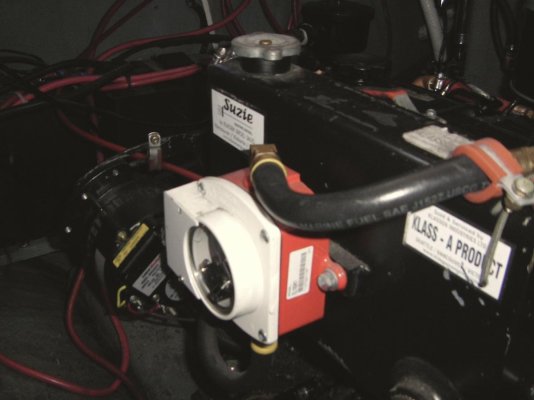JDCAVE
Guru
- Joined
- Apr 3, 2011
- Messages
- 2,905
- Location
- Canada
- Vessel Name
- Phoenix Hunter
- Vessel Make
- Kadey Krogen 42 (1985)
I Have a KK 42 with the standard FL 135. I had a highly respected long time mechanic aboard recently and amongst other suggestions, he suggested I install another thru hull with a second raw water intake that would be "T-ed" into the line seaward of the raw water strainer for the main engine. His rational is you can never get a vacuum and a severe failure of the impeller as a result of a plating bag or kelp clogging a single inlet. I wonder if I could put in a T off of the genset rat water intake but am uncertain if this might compromise operating the genny at the same time as the main. Thoughts?
Jim
Jim, Sent from my iPad using Trawler
Jim
Jim, Sent from my iPad using Trawler

